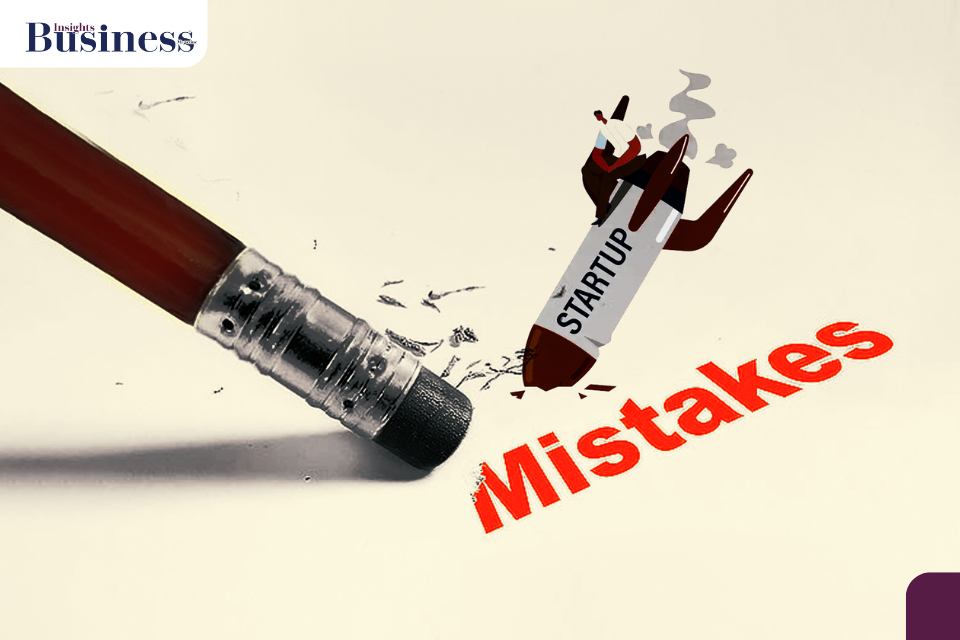Startups are a life of dreams, energy and an unyielding desire to fix problems. But for every unicorn that succeeded, there are too many startups that will quietly die. Failure is by no means fatal, but a failure to learn from the failures of others is.
CB Insights informs us that over 70% of startups will fail in the first five years, and the reasons are often predictable. Let’s get a little closer in examining the mistakes entrepreneurs make, through real examples and the valuable lessons from those mistakes.
1. No Market Need = No Company
One of the most re-tweeted causes of start-up failure is that the founders built something that no one really wanted. Take Juicero, for instance, a start-up that raised $120 million for a $400, Wi-Fi juicer. The almost immediate failure occurred when users figured out they could squeeze the juice from the packets by hand and proved that they readily had zero need for the $120 million expensive machine.
Avoid this by:
- Validating your idea with real users
- Starting with a Minimum Viable Product (MVP)
- Offering a solution that solves a painful, repeated problem
2. Scaling Too Soon
Lesson: Growth should follow product-market fit, not precede it.
Homejoy, an on-demand home cleaning service, rapidly expanded to 31 cities in less than two years. But it collapsed due to legal troubles and poor customer retention—issues that could have been solved on a smaller scale first.
Avoid this by:
- Achieving sustainable unit economics before expansion
- Prioritizing customer satisfaction over geographical growth
- Testing and optimizing operations before scaling
3. Ignoring Financial Discipline
Lesson: Burn rate matters as much as growth.
Startups often chase aggressive growth without watching their cash flow. Pets.com, a classic dot-com bust, spent lavishly on marketing and logistics without a sound financial model. Despite high visibility, it burned through $300 million in under two years.
Avoid this by:
- Keeping overheads lean
- Forecasting cash flow monthly
- Monitoring runway and preparing for funding cycles early
4. Choosing the Wrong Co-Founder
Lesson: The wrong partnership can sink the ship.
Many startups fail because of internal conflict. Misaligned values, unequal effort, or poor communication between co-founders often leads to breakdowns. In the case of Modobag, a smart motorized suitcase startup, internal disputes among founders eventually contributed to the venture stalling.
Avoid this by:
- Partnering with someone you’ve worked with before
- Clearly defining roles, equity, and responsibilities
- Having hard conversations early—legal agreements included
5. Overlooking the Importance of Marketing
Lesson: Great products don’t sell themselves.
Many founders believe that if the product is good enough, it will sell on its own. Unfortunately, that’s rarely the case. Shyp, a package pickup and delivery service, had a great user experience but failed to effectively communicate its value proposition to mainstream users.
Avoid this by:
- Investing in storytelling and branding from day one
- Testing multiple acquisition channels early
- Understanding and targeting the right customer segments
6. Failing to Pivot When Needed
Lesson: Stubbornness can be expensive.
Quibi, the short-form mobile video platform, launched with $1.75 billion in funding but refused to adapt its format despite poor user feedback. Its failure was largely due to a lack of flexibility, even when early signals suggested that the product wasn’t resonating.
Avoid this by:
- Being data-driven, not ego-driven
- Setting clear metrics for when to pivot
- Listening to your early users obsessively
7. Hiring Too Fast, Too Soon
Lesson: Culture and skill alignment matter.
Rapid hiring often leads to a bloated team, culture mismatch, and unclear workflows. Zirtual, a virtual assistant startup, had to lay off 400 employees overnight after scaling its team without securing adequate funding.
Avoid this by:
- Hiring slow, firing fast
- Creating a strong onboarding and feedback loop
- Ensuring every hire has a clear ROI
8. Not Understanding Legal and Compliance Issues
Lesson: Small legal mistakes can cause big trouble.
Many early startups ignore legal documentation, compliance, or intellectual property concerns until it’s too late. For instance, Theranos faced severe legal repercussions not just for product issues, but for misleading investors and regulators.
Avoid this by:
- Consulting with legal experts early on
- Protecting your IP, trademarks, and patents
- Ensuring transparency in documentation and contracts
9. Chasing Investors Instead of Customers
Lesson: Fundraising is not the business—serving your users is.
A common pitfall is spending months chasing VCs while ignoring actual revenue opportunities. Startups like Beepi, a used-car marketplace, raised $150M but lacked a strong revenue engine. They collapsed under the weight of overvaluation and underperformance.
Avoid this by:
- Bootstrapping where possible
- Validating pricing and monetization early
- Using investor capital to accelerate, not invent, traction
Conclusion: Mistakes Are Teachers, If You Listen
Failure is not always a tragedy—it is often a step. The purpose of reviewing failed startups is not to scare you away from risk, but to promote calculated risk-taking. Learn from those who have gone before you. Build slow. Listen deep. Spend carefully.
The success of your startup will not come from being perfect all the time—it will come from seeing those mistakes early, and responding with humility, speed and clarity. Remember: What kills a startup is not one major mistake. It is a series of small mistakes and warning signs ignored. Don’t ignore yours.

